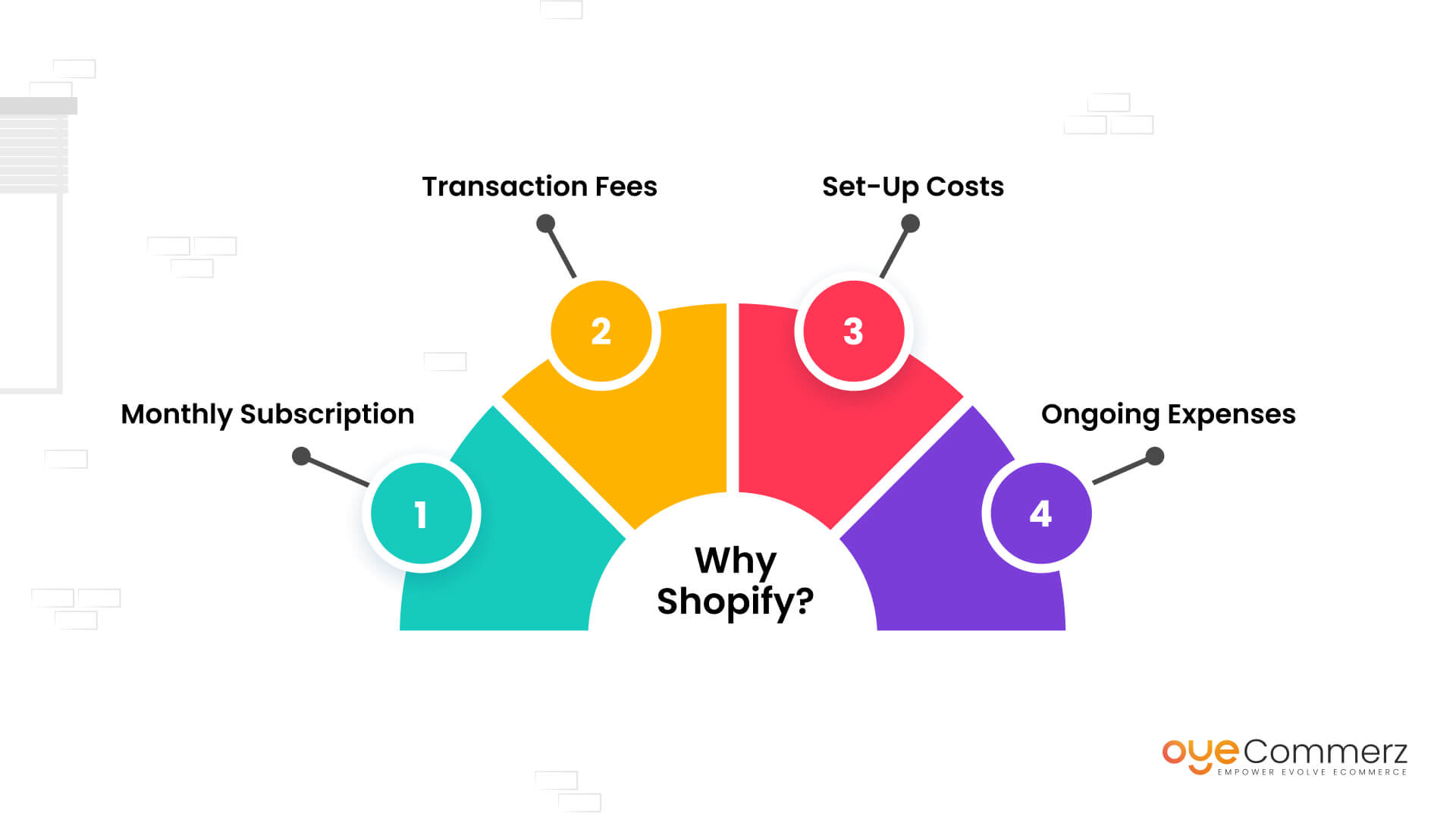Shifting from WP to Shopify marks an promising step toward optimizing your online store processes. As businesses grow, selecting a solution that aligns with growth potential, user experience, and customization becomes crucial. Shopify is widely recognized as a preferred choice for online merchants, providing unmatched flexibility, security, and ease of use. In this guide, we will delve into the transformative impact of this migration, highlight the advantages, and provide actionable steps to facilitate a smooth move.
1. Top Reasons to Transition from WP to Shopify
WordPress, paired with WooCommerce, has served countless e-commerce platforms. Nevertheless, as businesses expand, issues like reliance on plugins, data risks, and technical complexities often obstruct growth. Shopify, specifically created for e-commerce, eliminates these concerns with an all-in-one, intuitive platform. Real data back this shift—Shopify hosts over 4.4 million stores worldwide, with a reported 10% boost to sales performance for many businesses after migration.
2. Key Benefits of Shopify for E-commerce Success
Shopify’s powerful platform caters for expanding businesses. Its standout features include:
- Seamless Customization: Shopify offers over 80 professionally designed themes.
- Built-in Features: Features like Shopify Payments and integrated SEO streamline operations.
- International Expansion: Currency versatility and regional customization empower brands to expand internationally.
Additionally, Shopify boasts an uptime rate of 99.98%, ensuring your store remains accessible.
3. Preparing for WordPress to Shopify Migration
Before migrating, evaluate your current store. Review inventory details, client information, and SEO performance. Tools like Shopify’s Migration Kit or third-party solutions can simplify this process. Create a comprehensive plan, ensuring all resources—product descriptions, images, and blog content—are ready for seamless import.
4. Data Migration: A Critical Step
Transferring your data forms the foundation for a smooth platform switch. When migrating from WP to Shopify, prioritize:
- Inventory Details: SKU, item summaries, and categories.
- Customer Data: Emails, purchase records, and preferences.
- SEO Optimization: Preserve meta tags, URLs, and forwarding paths to avoid SEO losses.
Leverage tools such as LitExtension to streamline data transfer while minimizing errors.
5. Tailoring Your Shopify Store to Fit Your Brand
After the move, customizing your Shopify store ensures Seamless Shopify migration it aligns with your business identity. Take advantage of Shopify’s intuitive page builder to create layouts with ease. Shopify's templates are optimized for all devices, providing a seamless UX across platforms—a critical factor, given 74% of e-commerce traffic comes from mobile users.
6. Maintaining SEO During Migration
SEO is vital for preserving your visibility during migration. Shopify excels in SEO with organized link formatting, built-in optimization tools, and smooth content management. Make sure you:
- Implement 301 redirects for existing links.
- Enhance updated content with targeted phrases.
- Use Shopify's apps Plug in SEO to monitor performance after the switch.
7. Post-Migration Testing
Once the migration is complete, run detailed checks.
Review: - Page load times (Shopify boasts faster speeds compared to WordPress).
- Payment integration reliability and checkout processes.
- Adaptability across devices.
Testing guarantees your store provides a smooth shopping experience from day one.
8. Real-Life Success Story
An example of effective platform switching is Gymshark, a sportswear company that transitioned to Shopify. WordPress migration to Shopify After the switch, the company saw a 60% boost in mobile sales and reduced site downtime. This highlights the potential of Shopify in enhancing e-commerce growth.
9. Challenges and Solutions
Migration is not without obstacles, such as information accuracy and reconfiguring custom functionalities. However, Shopify’s extensive assistance and external professionals make overcoming these hurdles manageable. Collaborating with experienced Shopify developers ensures a smooth transition.
10. Starting Your Journey with Shopify
Switching from WordPress to Shopify represents a forward-thinking decision to online retail. By addressing scalability, simplifying management, and enhancing the customer experience, Shopify enables companies to thrive in competitive markets.
Final Thoughts
Transitioning from WP to Shopify is a strategic move that can significantly boost your online business performance. With a robust migration plan, the appropriate resources, and professional guidance, you can achieve new growth opportunities.
Ready to make the leap? Let’s discuss how our Shopify migration services can transform your online store. Get in touch today, or ask yourself: Can your business afford to miss out on Shopify’s growth potential?
